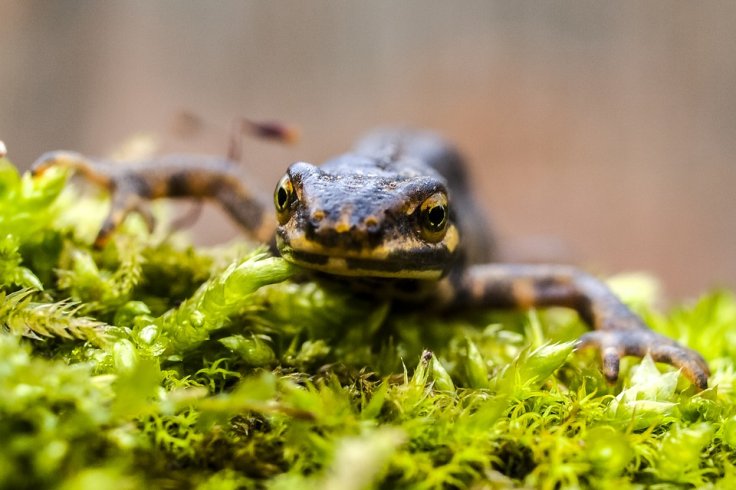
Research on salamander genome has opened up the possibility of tissue regeneration for humans, which can be a huge breakthrough in the medical field. Who knows humans might be able to grow back their limbs and organs like the superhero Deadpool!
Researchers at Sweden's Karolinska Institutet have managed to sequence the genome of the Iberian ribbed newt, which is six times greater than the human genome. This helped them figure out how this salamander species, found on the south coast of Spain and Portugal as well as in Morocco, can regenerate tissues as well as neurons.
How will it help us
The ability of salamanders to rebuild complex tissues can also be juxtaposed to regrow human brain cells, thus providing a cure for Parkinson's disease. The findings show a particular microRNA group that is also present in embryonic stem cells and tumour cells of mammals.
"It will be exciting to figure out how regeneration in the adult organism re-activates embryonic genes," says Andras Simon, lead author of the study and professor at Karolinska Institutet's Department of Cell and Molecular Biology. The study was published in the journal Nature Communications.
Although many living beings have the capability to regenerate, including lizards who can regenerate their tails and starfish their arms, only salamanders have the ability to regrow complex brain tissue and full organs. Thus, the key to mammal regeneration lies in their DNA.
According to Simon, the explanation of this lies in the combination of salamander genes that control and regulate the rebuilding process. Now, it is possible to observe them, which was earlier not found feasible due to technical and methodological challenges. The genetic material in the Iberian ribbed newt is equal to 20 GB information.
Real life superhero
The researchers believe that walking down this path, one day even human beings will be able to regenerate limbs and even brain tissues, thus eliminating the need for prosthetics and obliterating degenerative brain diseases.
The study has opened doors into many other fields of research that can lead to medical breakthroughs in a few years, including in the field of cancer treatment. "The link [of salamander regeneration] to cancer cells is also very interesting, especially bearing in mind newt's marked resistance to tumour formation," says Simon, as reported by Innovation Toronto.
The scientists are now focusing on extracting information from the newt genome and testing theories through comparison with mammals. By looking deeply into molecular processes occurring during regeneration, they hope to develop regenerative strategies for humans.
Check out these fascinating amphibians below:









